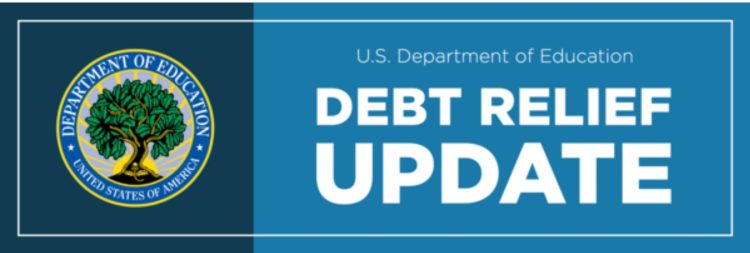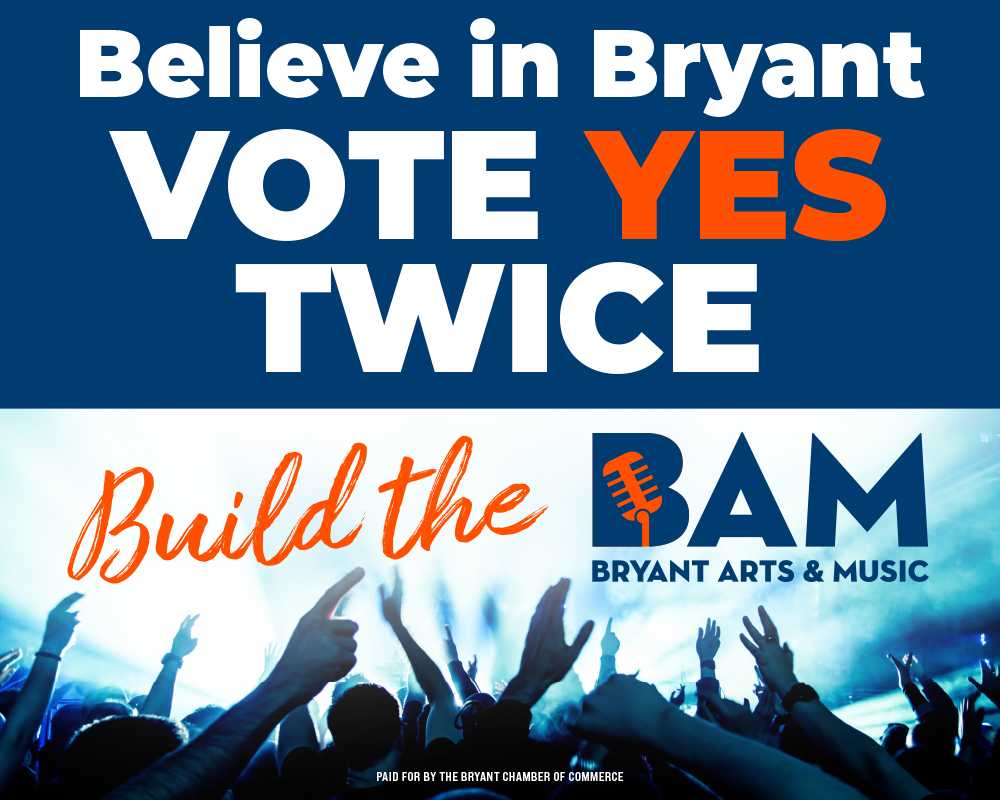It’s been so much in the news lately that it’s hard not to know about the debt relief program for college student loans. Since the application process is due to begin in October, the Department of Education issued advice on how to protect yourself from scammers who want to take advantage of student loan borrowers.
Here are 4 Don’ts (because why not start out negative?) and 4 Dos to protect yourself against student loan relief scams.
1. DON’T pay anyone who contacts you with promises of debt relief or loan forgiveness. You will not need to pay anyone to obtain debt relief. The application will be free and easy to use.
2. DON’T reveal your FSA ID or account information or password to anyone who contacts you. The Department of Education and your federal student loan servicer will never call or email you asking for this information.
3. DON’T ever give personal or financial information to an unfamiliar caller. When in doubt, hang up and call your student loan servicer directly. You can find your federal student loan servicer’s contact information at Studentaid.gov/manage-
4. DON’T refinance your federal student loans unless you know the risks. If you refinance federal student loans eligible for debt relief into a private loan, you will lose out on important benefits like one-time debt relief and flexible payment plans for federal loans.
-and-
1. DO create an FSA ID at StudentAid.gov. You will not need it for the debt relief application but having an FSA ID can allow you to easily access accurate information on your loan and make sure FSA can contact you directly, helping you equip yourself against scammers trying to contact you. Log in to your current account on StudentAid.gov and keep your contact info up to date. If you need help logging in, follow these tips on accessing your account.
2. DO make sure your loan servicer has your most current contact information. If you don’t know who your servicer is, you can log into StudentAid.gov and see your servicer(s) in your account.
3. DO share these messages with your networks and encourage others to sign up at www.ed.gov/subscriptions to be notified when the Student Loan Debt Relief application becomes available.
4. DO report scammers to the Federal Trade Commission by visiting reportfraud.ftc.gov.
You will hear directly from the Department of Education or Federal Student Aid when the application for debt relief is available. If you qualify for debt relief without needing to fill out an application, you will also hear from the Department or FSA directly. For additional information, visit the FAQ page on student debt relief.





